InternetOfThings
Latest

Bixby 2.0 and Project Ambience push Samsung's vision of connected devices
To compete with the likes of Google Assistant and Amazon's Alexa, Samsung has to get its own version of a smart voice-powered assistant, Bixby, to as many devices as possible. It also needs to make Bixby work as well as its competitors, something Samsung has had trouble with since launch. At the Samsung Developer Conference in San Francisco on Wednesday, the tech company announced two initiatives that will do just that: Bixby 2.0 and Project Ambience.

Super-thin edible sensors can monitor food temperature
Biomaterials that are rigid in form but able to degrade safely are everywhere. You can find tech like this in medical implants, environmental sensors and wearable, disposable devices. What's harder to do, though, is to make sensors that you can digest. That's exactly what Swiss researchers in Zurich have created, though: a thin, edible sensor that can attach to food and wirelessly report on its temperature. Now our fruits and vegetables can be part of the Internet of Things.
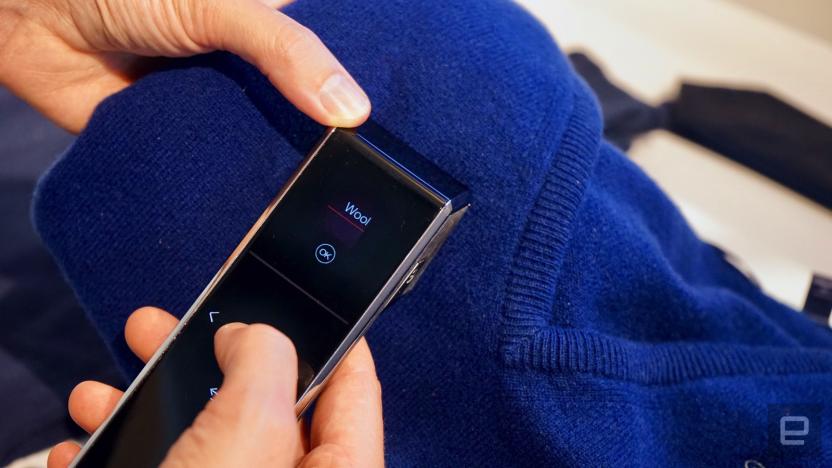
Bosch's stain scanner knows what you spilled on your shirt last night
German technology giant Bosch is mostly known for making home appliances. And at IFA 2017, the company is showing off a concept that it hopes can add a new dimension to those products. The X-Spect is a portable device that detects fabric composition, scans stains and figures out what your food is composed of. As pictured above, it looks a lot like a TV remote, and it features a tiny screen and capacitive touch buttons that let you browse through menus. Right now, Bosch is demoing the X-Spect, which weighs a mere 200 grams (less than half a pound) alongside one of its WiFi washers to deliver "optimal" cycle recommendations.
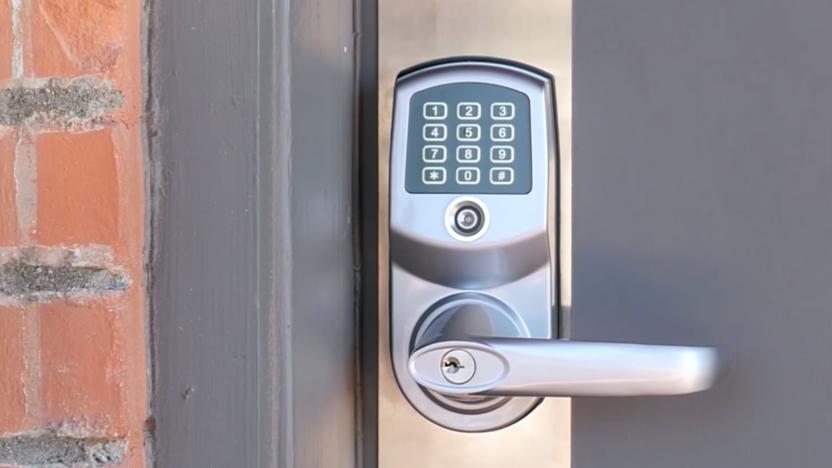
Smart locks rendered dumb by automatic update fail
Making dumb things smart can have its benefits, but adding complexity to once-simple devices can also lead to unforeseen problems. It's a lesson smart lock maker LockState is all too aware of, after a clumsily delivered automatic update bricked hundreds of the gizmos, rendering their fancier features like remote locking and unlocking unusable.
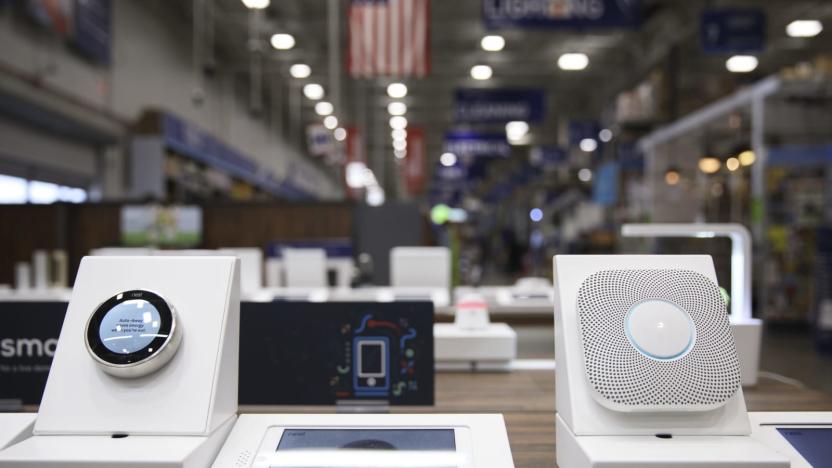
Senate bill demands tougher security for the Internet of Things
Security among Internet of Things devices is bad enough at home, but it's downright scary in government, where a vulnerable security camera could lead to hackers stealing vital secrets. A bipartisan team of US senators wants to reduce the chances of ever happening. They're introducing a bill, the Internet of Things Cybersecurity Improvement Act, that mandates a base level of security standards for any IoT gadgets used in government. The would-be law is there mostly to ensure that vendors don't get away with rookie mistakes that leave their devices wide open to attack.
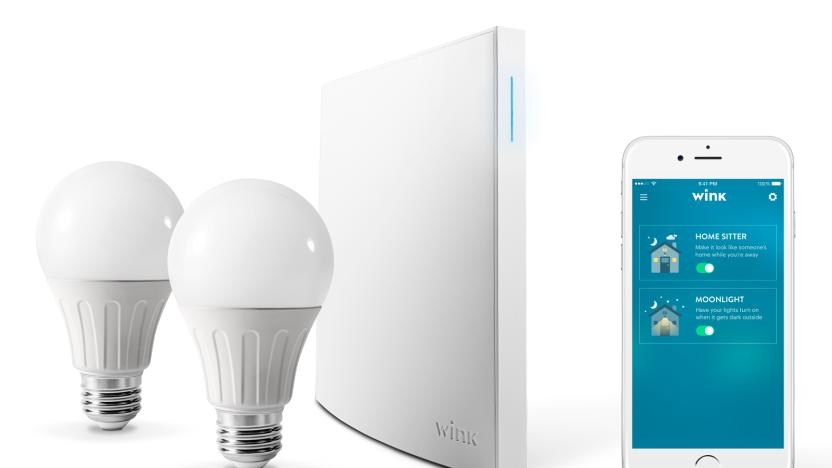
Wink promises home security with its $119 smart bulb bundle
Wink's goal is to demystify the internet of things with a single hub and a single app that talks to all manner of smart home devices from other companies, and plays nice with Google's assistant and Alexa too. Knowing that most people are still unsure of where to start modernizing, Wink has today announced a new basic smart lighting bundle for $119 that includes its latest smart home hub and two dimmable, connected bulbs from Sylvania. The "Wink Bright" proposition is two-fold, however, as the company is also updating its mobile app to add a few no-nonsense features to show there's more to smart bulbs than not having to move from the sofa to set the mood.

IKEA's affordable smart lights will dim with your voice
Last month, IKEA launched its own line of low-cost smart lighting, called TRÅDFRI, and up until now, users have had to rely on a remote control or a proprietary app to use the product. But no longer. Today, the Swedish retailer announced that their IKEA Home Smart products will respond to voice commands from Alexa, Siri, and Google Assistant starting this summer. Additionally, the product line will integrate with Apple's HomeKit. "With IKEA Home Smart we challenge everything that is complicated and expensive with the connected home. Making our products work with others on the market takes us one step closer to meet people's needs, making it easier to interact with your smart home products," said IKEA Home Smart's business leader Björn Block.
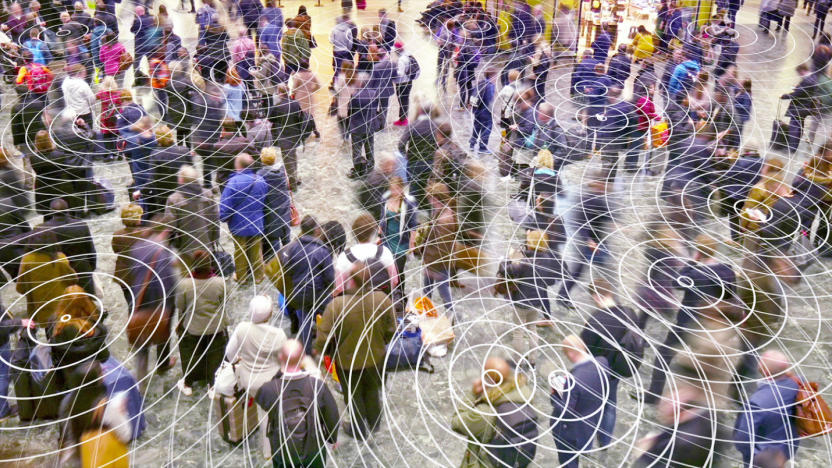
Your future devices might not need wireless radios
Seemingly every connected device has at least one wireless radio in it. However, that often requires some big compromises. Those radios often chew up a lot of power, which isn't always practical with Internet of Things gadgets that may not have much room for a battery. Disney Research may have a solution to that problem: ditch the radios entirely. Its scientists have developed technology that uses ambient radio waves to communicate. The approach uses very low-power sensor nodes to reflect radio waves from virtually any background source, whether it's a distant tower or the phone in your pocket. RFID tags already use a similar approach, but the use of many more sources and multiple channels gives you a much longer range -- in tests, the researchers achieved data links at distances up to 164 feet.
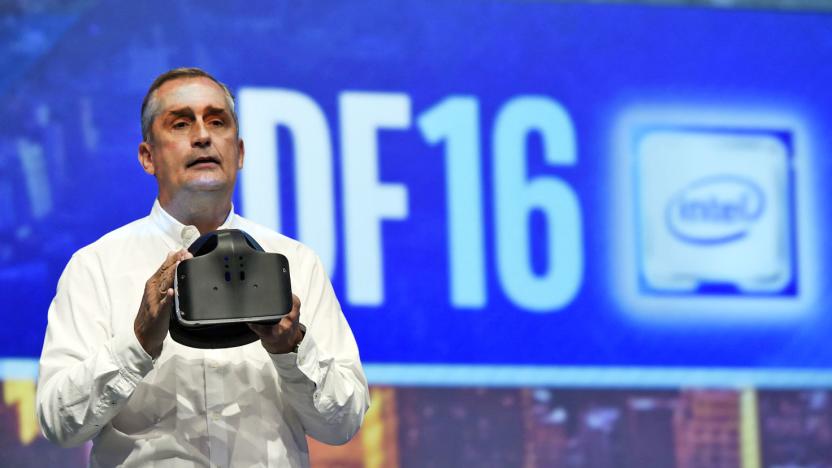
Intel cancels developer events as it moves beyond PCs
We hope you weren't looking forward to the next Intel Developer Forum... or any Intel Developer Forum, for that matter. After 20 years, Intel has cancelled the Developer Forum program in light of an "evolved" event mix. According to a spokesperson speaking to AnandTech, this is really an acknowledgment that the company isn't as PC-centric as it used to be. Monolithic events are no longer the best way of spreading info, Intel says. Instead, it'll run narrowly focused events that cater to specific audiences, such as a particular region or device category.

Smart bandages will use 5G data to track your health
Bandages are usually very mysterious -- it's hard to know how well you're healing until you unwrap them, and that usually means a trip to the doctor. If Welsh researchers succeed, however, you'll never have to wonder what's going on underneath all that cloth. Swansea University is planning trials (due within 12 months) of smart, 3D-printed bandages that will use 5G wireless data and nano-sized sensors to constantly relay details about your health. It would help physicians customize treatment based on the progress of your wound, your location and your activity. If you're healing well and are staying active, for example, you may get a different solution than someone who's recovering slowly and needs to stay home.
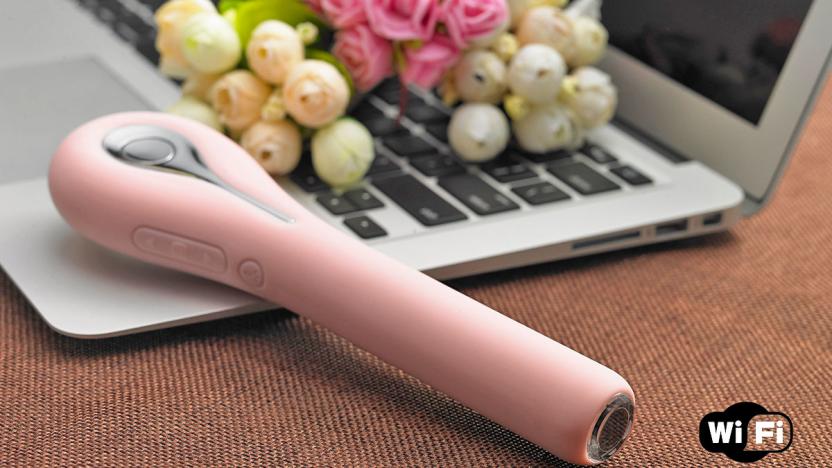
This connected vibrator's camera is disturbingly easy to hack
While your microwave definitely isn't spying on you, it's always important to make informed choices about which connected devices you bring into your home. Case in point: the $249 Svakom Siime Eye, Wi-Fi-enabled vibrator -- which comes with a built-in camera for livestreaming and, according to security researchers at Pen Test Partners, an interface that can be easily hacked by anyone within WiFi range.

'Zelda' fan creates an ocarina-controlled smart home
In the real world, an ocarina is a lot less functional than the magical one Link has in The Legend of Zelda: Ocarina of Time. As Nintendo 64 lovers know, the Hyrulian hero can use his instrument to do things like manipulate the rain and switch between night and day. In our realm, ocarinas just sound nice. Allen Pan, better known as Sufficiently Advanced on YouTube, decided he was tired of playing his ocarina without mystical results. So, he did what any Zelda fan with the technological know-how would do: create a smart home setup controlled by an ocarina.
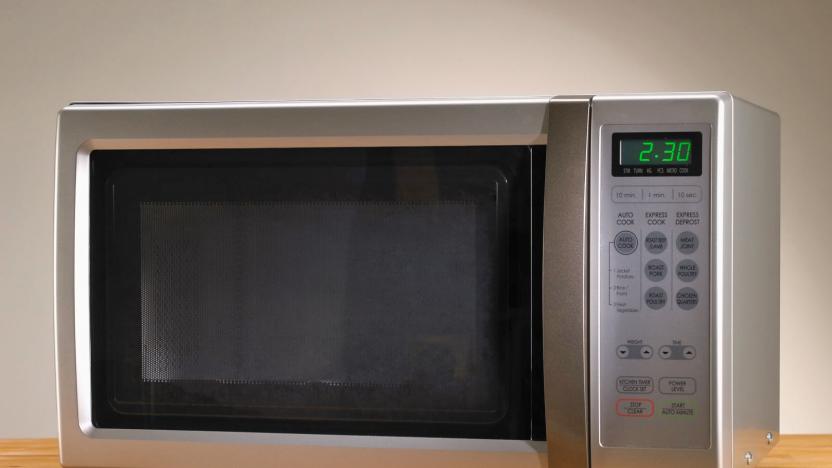
No, Kellyanne, microwaves cannot turn into cameras
Everyone's paranoid about cybersecurity and surveillance these days, and rightly so. Thanks to the increase in connected devices in our homes, there are more and more gadgets that can be hacked to spy on you. But though things like security cameras and smart speakers can be hijacked to eavesdrop on your conversations or watch you, basic laws of physics still apply. Yesterday, President Trump's senior counselor Kellyanne Conway told the Bergen County Record's Mike Kelly that microwave ovens can turn into cameras for surveillance. In case you were wondering, that is pretty much impossible.
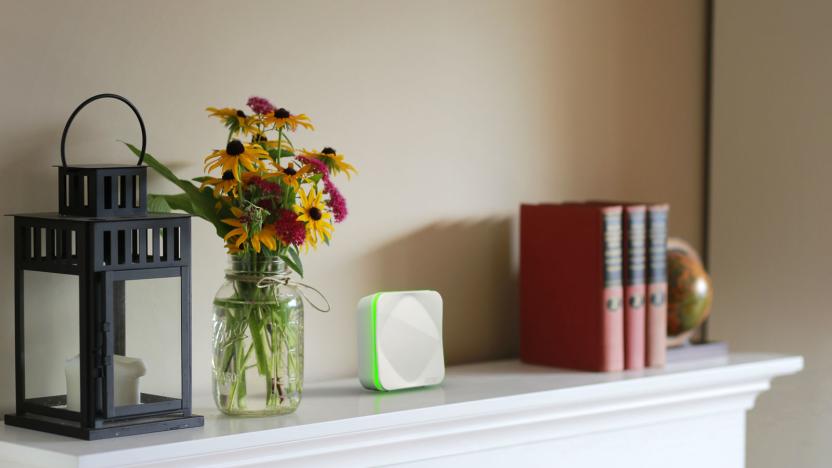
Acer is making an air quality monitor
Acer's next project is a different type of monitor than you might expect from the company. It's an air quality monitor, actually. No, wait; where are you going? "The Acer Air Monitor features a sleek and simple design, the device allows real-time monitoring of key air quality indicators through a dedicated app for smartphones, and by the changing colors of a breathing LED light embedded on the chassis," the company said in a press release. It all sounds very exciting.

Intel and Ericsson form an alliance to explore 5G applications
Intel is already showing off the building blocks of its 5G hardware at MWC and the big carriers are rushing to upgrade to the new standard, but the chipmaking giant is also launching a new initiative to build more than just faster cellular network. According to an announcement today, Intel and it's launch partners from Ericsson, Honeywell, General Electric and the University of California Berkeley have formed the 5G Innovators Initiative to explore and test new ideas that could change how connected devices, business, cities, and media operate. At launch, the 5GI2 will focus on the Industrial Internet of Things, including AR and VR applications for drones and first responders. The initiative will eventually expand to other industries as more groups join up, but 5GI2 hopes to build and test applications for autonomous vehicles, smart infrastructure, health care and media, among others. The pilot programs will include full "step-by-step blueprints" of the speed, security and connectivity requirements so they can be easily replicated or open-sourced. "5G is not simply about making smart phones faster," Intel VP and General Manager of Next Generation Standards Asha Keddy said in a statement. "It's about the machines and things that will deliver an entirely new smart and connected future. Building our 5G future requires a new approach to industry collaboration and development."

IBM and Indiegogo are bringing Watson's smarts to the masses
IBM sees a big future in the Internet of Things. The company unveiled its $200 million IoT headquarters in Munich this week as part of its planned $3 billion investment in the connected devices industry. So far, however, the tech behemoth has mostly lent Watson's brains to larger companies and research projects. That's about to change thanks to a new partnership from IBM, Indiegogo and Arrow Electronics that promises to give independent developers and entrepreneurs access to those same machine learning tools.
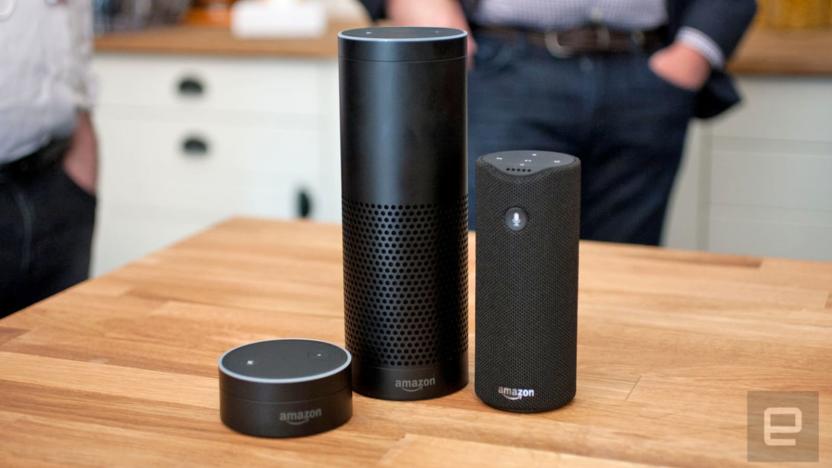
Amazon Echo and Google Home want to be your new house phone
Right now, you can order a pizza, manage your to-do list and call an Uber on Amazon Echo and Google Home. The latest development from the smart speakers would give us yet another reason to leave our phones in our pocket. The Wall Street Journal reports that Amazon and Google are considering adding telephone functionality to their devices, but it won't be easy.

Control your connected home with a wave of your hand
The IoT-powered smart home has caught the tech world's fancy for years, promising domestic command at your fingertips. But beyond set-and-forget environmental preferences, connected devices are usually configured via smartphone app or voice-controlled through a hub. But if you want to flick on your IoT machines with a wave or table tap, Hayo has launched an Indiegogo campaign to bring spatial remotes to your living room.

Louisville turns your smart lights red when air quality suffers
Citizens of Louisville, Kentucky just got a way to make their smart homes even smarter, thanks to IFTTT and the local city government. According to an announcement from Mayor Greg Fischer, the city has launched its own IFTTT channel that can tie public air quality data directly to smart home devices and other connected gadgets. With the city's home-baked applets, residents can get push notifications for days when the air quality reaches a certain level or, if it gets particularly bad, the air quality can actually be displayed in the colors of a Philips Hue connected lightbulb.
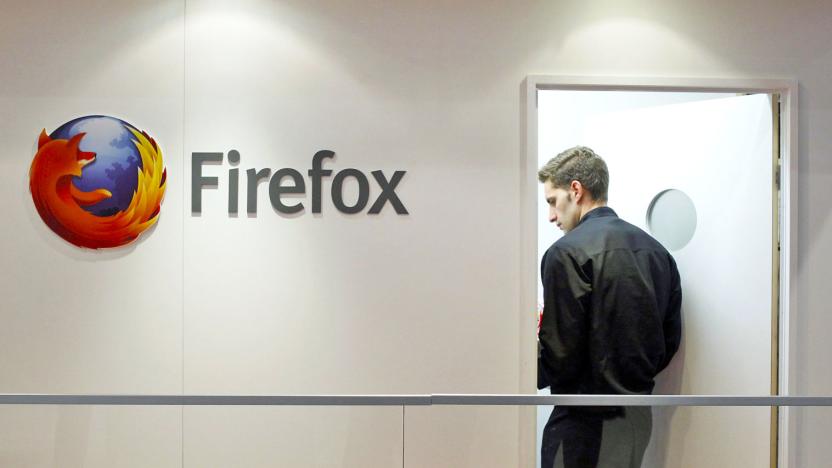
Mozilla shutters its connected devices division
Mozilla will close its gadgets division, laying off some 50 employees working on products for connected devices (like smart TVs, for example) in the process. While the company wouldn't comment on the specific number of employees affected, it offered the following statement:








